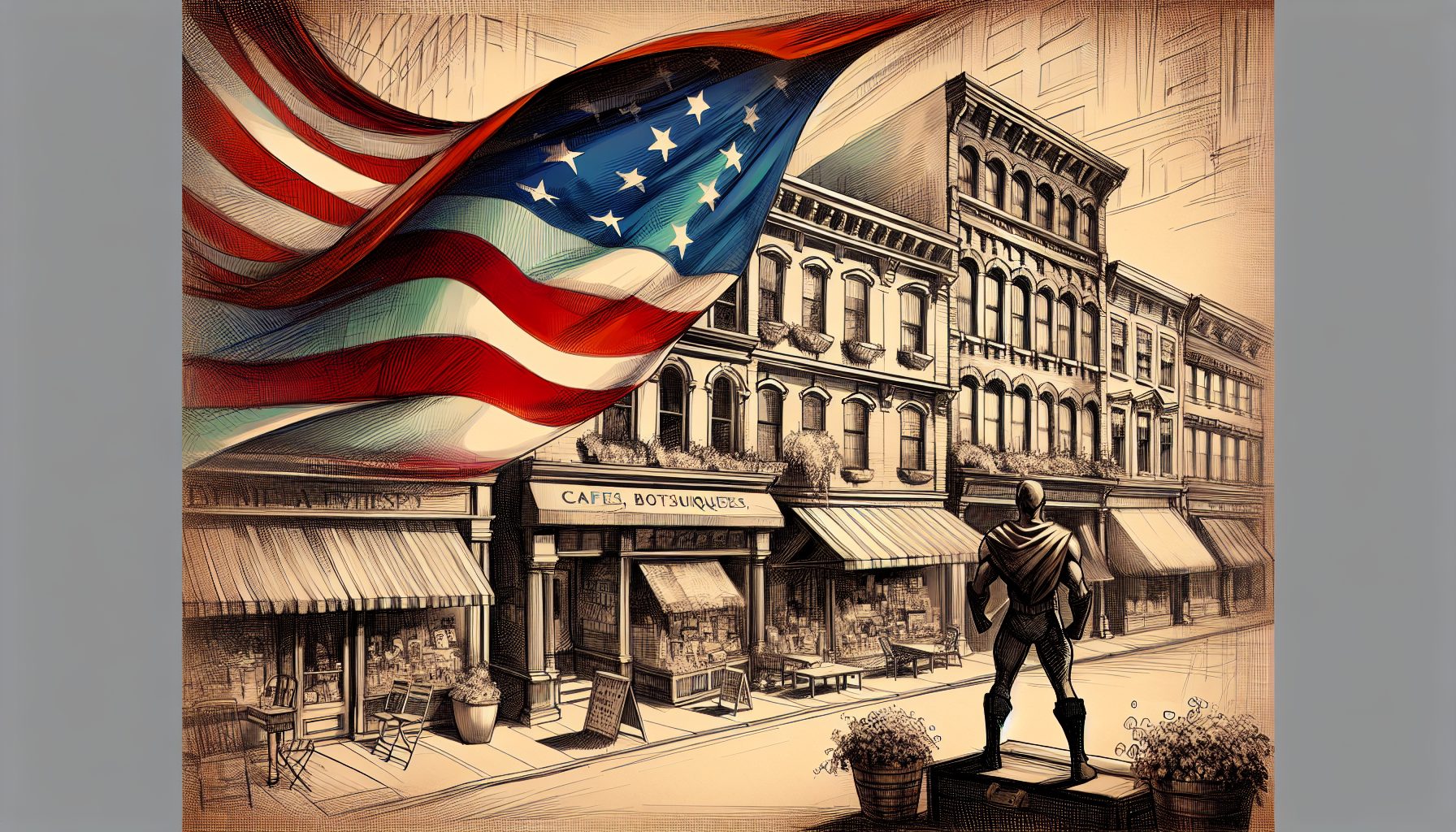Every day, ACNielsen gathers data associated with millions of retail purchases, from apples in Arizona and Barbies in Boston to Ziploc bags in Zion, Ill. The company collates the data, analyzes it and delivers it to clients in research reports that show trends by product category, industry, geographical area or any of a number of factors.
What’s this gold mine of empirical data on consumer spending worth? A small fortune, it turns out: ACNielsen charges millions of dollars for access to its data.
“It’s outrageously priced,” says George Jackman, director of customer marketing at Welch’s Foods. But, he adds, such data is “our eyes and ears to the marketplace.” Last year, the Concord, Mass., producer of juices and jellies switched from ACNielsen to its arch nemesis, Information Resources Inc. (IRI), although Jackman, who declined to provide dollar figures, notes that IRI’s services can be just as expensive.
ACNielsen doesn’t publish pricing information, but in a presentation to investors in June, president and CEO Steve Schmidt said that 37 major U.S. clients had renewed contracts in 2005 worth more than $130 million per year—an average of $3.5 million per customer annually. Jill Blanchard, ACNielsen’s vice president of new business development, says the company provides highly customized research that involves more than just bits and bytes. “It’s not like we’re selling something by the pound,” she says. “We’re tailoring a solution to a client.”
Some customers, particularly consumer goods manufacturers, find the company’s detailed marketing research indispensable. “We felt ACNielsen would give us a better market read and help us align with our customers,” says John Krohn, director of category management at Daymon Worldwide, a Stamford, Conn.-based broker of private-label consumer products that works with 3,500 manufacturers worldwide.
ACNielsen was taken over in 2001 by VNU, a Dutch market research and publishing firm. (VNU also owns Nielsen Media Research, a separate division known for its TV ratings, and recently bought IMS Health, a major provider of health-care marketing research.) ACNielsen’s customers include many of the biggest names in consumer packaged goods, including Coca-Cola, Nestlé, Procter & Gamble, Tyson Foods and Unilever.
The company says it gets information from “tens of thousands” of retail outlets. Retailers typically sell ACNielsen proprietary point-of-sale data—including the price of each item sold—or exchange that data for access to broader marketing research services, such as analysis of demographic changes among a retailer’s customers. (ACNielsen says some retailers are paying clients.) The company also polls consumers directly about their buying habits (see sidebar).
Sometimes, though, ACNielsen can’t paint the whole picture for a particular market segment. For example, Future Brands, a liquor supplier whose brands include Jim Beam bourbon, was analyzing sales in Missouri several years ago. When Brian Berlin, director of category management, consulted ACNielsen’s data, it indicated that sales were up in the state’s grocery channel—but he knew Future Brands’ total sales there were flat.
Berlin later solved the puzzle: A large drugstore chain in Missouri had stopped selling liquor, driving growth in other channels. “ACNielsen isn’t the definitive word,” he says. “We use it as a starting point and triangulate the data with other sources.”
As for major competitors, ACNielsen has just one: IRI, which counts Bayer, Johnson & Johnson and PepsiCo among its clients. “It’s a two-horse race,” Blanchard says.
Those who work with both ACNielsen and IRI say both firms’ raw data is very similar, as is the way they collect it from retailers and consumer panelists. “The difference is the data analysis they do to drive your business,” says Roger Tyler, vice president of supply chain management for Fred’s, a discount retailer with 550 stores in the U.S.
For example, he says, ACNielsen emphasizes the human touch, providing analysts who work on-site with a customer or partner to drill into data, like whether adjusting a promotional campaign for a new product would boost sales. IRI, while it also offers on-site analysts, focuses more heavily on software tools for analyzing the data.
Companies say the best strategy is to play the two bitterly competitive firms off each other when negotiating contracts. Bumble Bee Seafoods, a canned seafood processor in San Diego, solicited bids from both two years ago, and was able to negotiate a lower price from ACNielsen than IRI. John Stiker, executive vice president of corporate development for Bumble Bee, wouldn’t provide figures, but he says it was “enough to make a difference for us.”
Stiker says ACNielsen has been responsive to his requests for specific research and that its data is generally accurate. Still, when asked where there’s room for improvement, he doesn’t hesitate: “They could lower their prices to me.”
|
Financials*
Operating results for VNU’s Marketing Information group, of which ACNielsen is the largest component.
|
* Fiscal year ends Dec. 31; dollar figures converted from euros based on year-end exchange rates.
MILESTONES
1923: Founded by Arthur C. Nielsen Sr.
1963: Starts measuring sales at mass merchandisers
1984: Acquired by Dun & Bradstreet
1992: Introduces its first software for Windows, ACNielsen Workstation
1996: Spun off by D&B
2001: Bought by VNU for $2.3 billion
Sources: VNU annual reports, ACNielsen, OANDA.com (Exchange rates)








